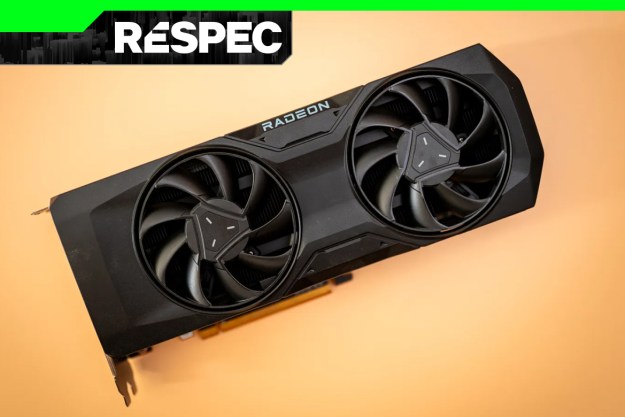AMD says the new dual core Athlon 64 X2 delivers performance improvements of up to 80 percent on select digital media and productivity applications compared to single-core AMD Athlon 64 processors.
The AMD Athlon 64 X2 dual-core processor will be supported by OEMs such as Acer, Alienware, HP and Lenovo, as well as more than 40 leading system-builder partners worldwide.
According to the company “Digital media applications can see an average of a 34 percent increase compared to similar single-core AMD Athlon 64 processors, while overall productivity benchmark results can see a 22 percent average increase.”
Applications will have to be written to specifically support the capabilities of the new dual cores processors.
The AMD Athlon 64 X2 dual-core processors 4800+, 4600+, 4400+ and 4200+ are priced based on performance at $1001, $803, $581 and $537, respectively, in 1,000-unit quantities.
Editors' Recommendations
- I reviewed two of the best password managers. Here’s the one I recommend people use
- I tested two of the best antivirus services. Here’s which one you should get
- The RTX 4090 is more popular on Steam than any AMD GPU
- I’ve reviewed every AMD and Nvidia GPU this generation — here’s how the two companies stack up
- All the ways Intel Macs are still better than Apple Silicon Macs


